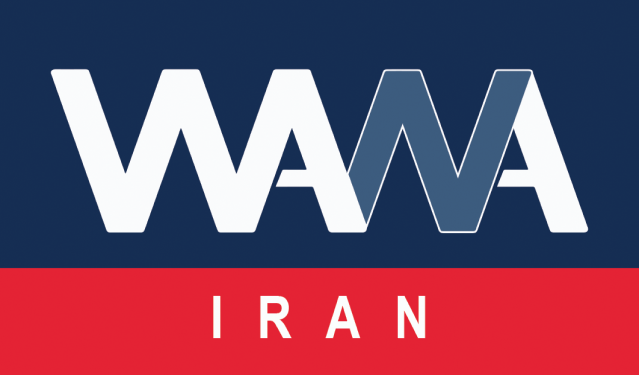Dehkhoda: Online Persian Learning Platform for Non-Persians
WANA (Jan 12) – Tehran University’s Dehkhoda Institute has unveiled the “Dehkhoda Persian Language Learning Platform,” designed as the most comprehensive online software system for teaching Persian to non-native speakers.
At a ceremony attended by Seyed Hossein Hosseini, Acting President of Tehran University, and other university officials, the platform was introduced as a major step toward expanding Persian language education both nationally and internationally.
Mahmoud Bejan Khan, President of the Dehkhoda Institute, explained that the platform offers an asynchronous and blended learning course for mastering the Persian alphabet and core language skills. It includes 9,445 pieces of content, covering text, audio, video, and animations, with 47 lessons totaling 720 hours of in-person instruction.
The content was created by 36 contributors over 30 months, accumulating 9,500 person-hours of work. The platform combines modern learning technologies with active teacher participation for a highly effective learning experience.

Why Does the Iranian Language Go By So Many Names?
WANA (Sep 23) – In a vast land stretching from the Iranian plateau to the heart of Central Asia and the foothills of the Hindu Kush, a resounding and beautiful language had flowed among the people for thousands of years. This language was called “Parsi”, which acquired various names over time and through the […]
Bijankhan further noted that the content was developed over 30 months by a team of 36 professionals, amounting to 9,500 person-hours of effort.
This platform is a groundbreaking online tool for teaching Persian to non-Persian speakers. Integrating modern e-learning technologies with teacher-led instruction ensures high effectiveness and sets a new standard in language education. Key features of the platform include:
- Comprehensive and up-to-date content in textual and multimedia formats.
- Coverage of all language skills and sub-skills.
- Placement tests, practice exercises, and final assessments.
- Virtual classes with synchronous and asynchronous learning modes.
- Interactive user engagement through Q&A sessions with instructors and peers.
- Detailed feedback for continuous improvement.
- Personal performance tracking and report cards.
- Instructor monitoring of learners’ progress and provision of tailored feedback.
- Curriculum customization for class groups.
- Compatibility with various devices and operating systems.
- A multilingual user interface for accessibility to audiences worldwide.
This initiative marks a significant step in promoting the Persian language and culture globally, providing learners from diverse backgrounds with a practical and interactive educational experience.

Iranian Calendar: The Most Accurate Calendar in the World
WANA (Oct 18) – As you read this text, Iran is in the year 1403, a year that seems to be 622 years behind other countries in the world. But why is this the case? The answer lies in the unique structure of the Iranian calendar, known as the Solar Hijri calendar, which has its […]












